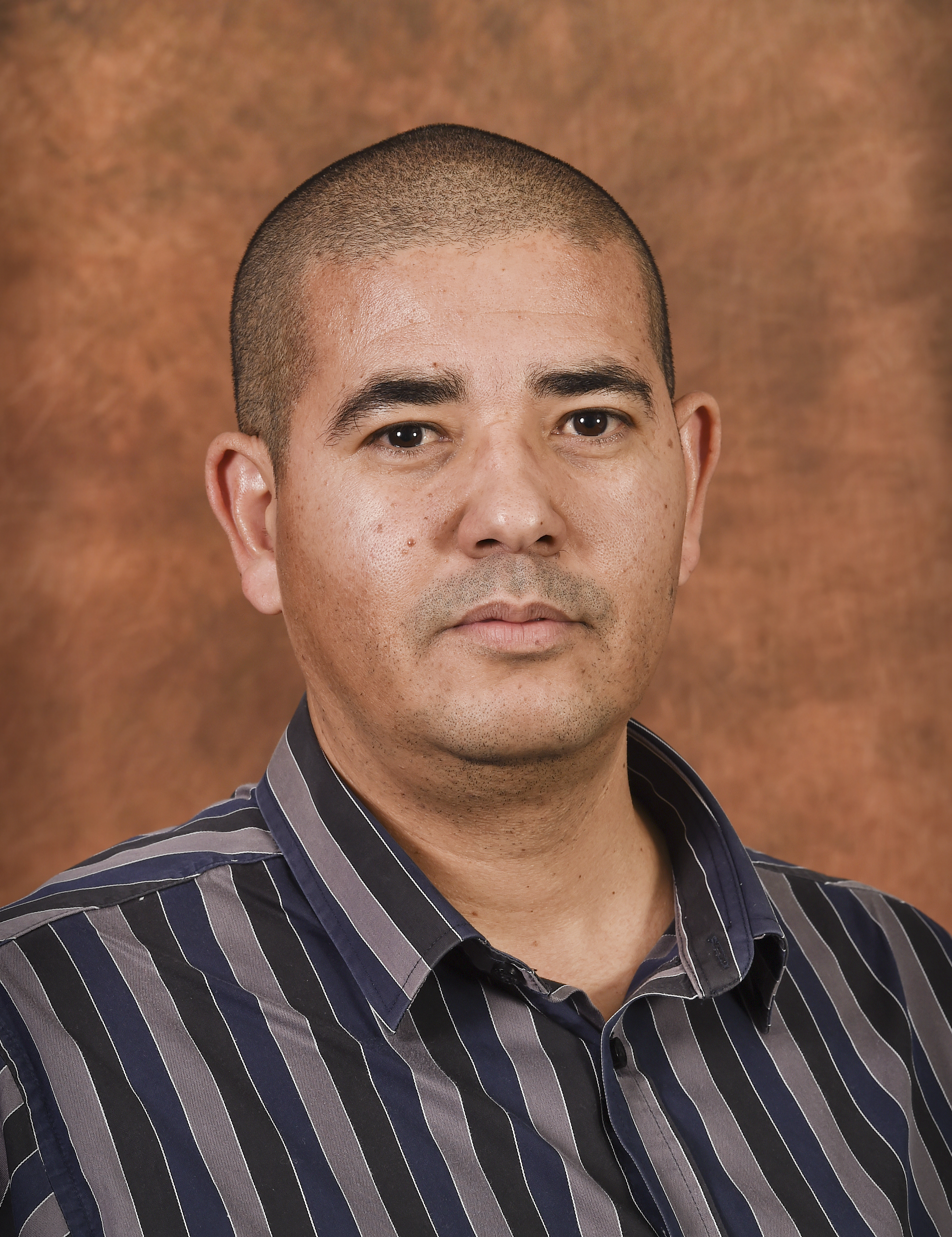
The provision of housing and basic services has been at the heart of our development agenda since 1994, and the Census 2022 results show that we have made massive progress in changing lives in this area.
At the dawn of our democracy in 1994, the need for housing and basic services was identified as one of the greatest challenges facing our country. Through the Reconstruction and Development Programme (RDP) our country set our sights on alleviating poverty and addressing the massive shortfalls in social services across South Africa. Through its RDP, the South African government funded the creation of jobs, housing and basic health care.
The policy document informing the White Paper on the RDP in 1994, describes the objective as follows: “In attacking poverty and deprivation, the RDP aims to set South Africa firmly on the road to eliminating hunger, providing land and housing to all our people, providing access to safe water and sanitation for all, ensuring the availability of affordable and sustainable energy sources, eliminating illiteracy, raising the quality of education and training for children and adults, protecting the environment, and improving our health services and making them accessible to all.”
One of the lasting legacies of the RDP and subsequent programmes have been a steady increase in housing and the delivery of basic services. Census 2022 reveals that there has been a steady increase in the number of households from approximately 9,1 million in 1996 to 17,8 million in 2022.
A deeper look at the Census results reveals that there has been an upward trend in households residing in formal dwellings, from 65,1 percent in 1996 to 88,5 percent. Formal dwellings include formal houses with a brick/concrete structure, flats and apartments, cluster houses, townhouses, semi-detached houses or any formal dwelling situated in a backyard, such as a room or garden cottage where a household or single person resides.
In the same period, the number of people living in an informal or traditional dwelling has declined markedly. The proportion of households that resided in informal dwellings halved from 16,2 percent in 1996 to 8,1 percent in 2022. In 1996, people living in traditional dwellings stood at 18.3 percent and this had been reduced to 3.1 percent in 2022.
These changes in the household landscape points to a society on an upward trajectory that has almost seeing a doubling of households since 1996. The statistics also show that almost a third of households 29,9 percent reside in a government-subsidised dwelling or RDP house.
Of course, government is aware that the demand for housing remains high and has therefore implemented a number of programs to developed residential areas, upgrade informal settlements and to provide affordable renting options for households.
The provision of basic services has been another priority for government since 1994, and there have been massive gains in the delivery of access to clean water, electricity, sanitation and refuse removal.
In 2022, over 82 percent of households in the country had access to piped water either inside their dwelling or inside their yard. In 2001 people who had access to a flush toilet stood at 51.9 percent and this increased to 70.8 percent in 2022. While these numbers are encouraging we are aware that we must do more to ensure clean quality potable water at all time.
The Census also shows that the proportion of households using electricity as the main source of energy for lighting increased significantly from 58,1 percent in 1996 to 94,7 percent in 2022. The use of paraffin and candles, which was a mainstay for many prior to 1994, has markedly decreased to almost negligible levels. Due to the load shedding currently experienced, the quest to achieve uninterrupted energy supply has been severely affected.
There has also been a marked increase in the regular removal of refuse by a local authority. In 2022, approximately two-thirds, 66,3 percent of households in the country had their refuse removed by a local authority once a week, as opposed to 52 percent in 1996.

